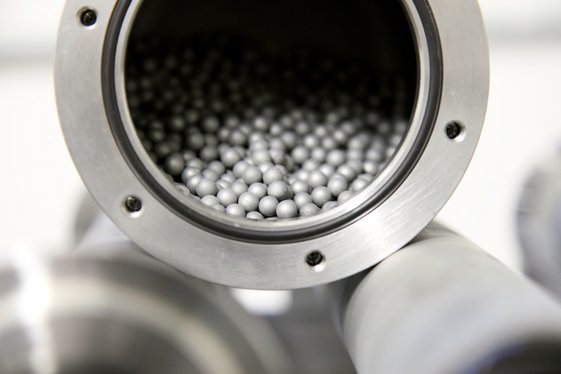Backround and aims of the project
Cement production is an energy-intensive production process in which there is significant potential for increasing electrical energy efficiency, particularly in the industrial grinding circuits. For this reason, the comparatively low energy efficiency of the overall grinding systems can be improved with the help of innovative technological developments in the application area of sieving technology in recent years.
In this context, the research project focuses on the optimisation of an existing sub-process of cement classification through the use of innovative, directly excited high-speed sieving machines with polyurethane and wire sieve clothes. Such sieving machines can potentially replace air classifiers, which are currently state of the art in the cement industry in the application of cement classification. The electrical energy required for the classification process can be potentially reduced in this way by replacing air classifiers and the associated pneumatic material conveying with sieving machines. In this research project, technical and scientific findings on the fine sieving of cement shall be developed for the first time. The project is the continuation of a previous project on raw material sieving.
The research project focuses on small scale experimental investigations with a sieving machine for fine sieving of different cements with varying feed material fineness as well as the evaluation of the effects on the electrical energy consumption of different grinding configurations. In particular, the suitability and performance of such machines for use in cement classification as well as the resulting cement properties of sieved cements in comparison to cement products from air classifiers are in the focus of the investigations.


